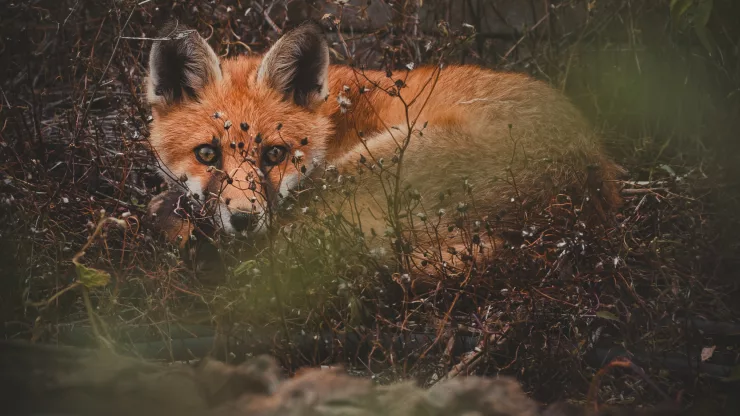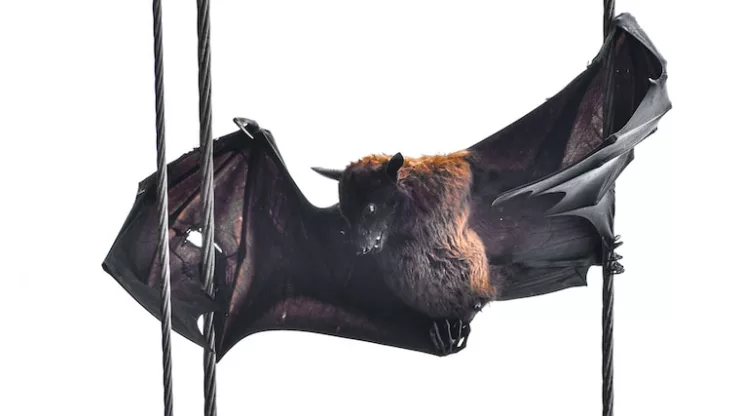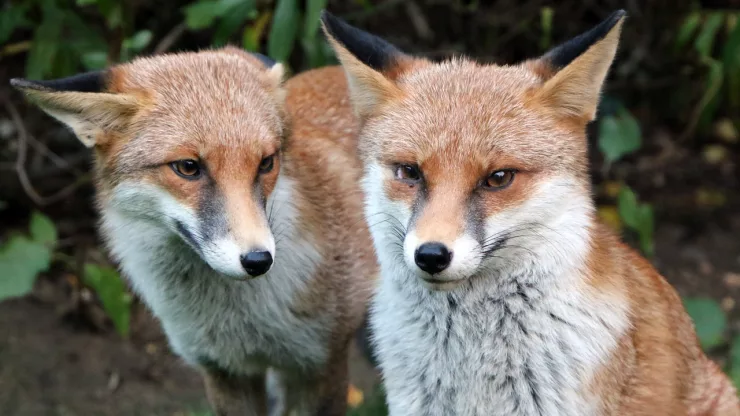Jump to Section
The Risks of Urban Wildlife
As cities continue to expand, it’s becoming increasingly common to encounter wildlife in urban areas.
While this can be a positive experience for many people, it’s important to understand the risks associated with urban wildlife.
One of the biggest risks is the transmission of diseases from animals to humans.
In this article, we’ll explore the dynamics of disease transmission in urban areas and discuss ways to promote coexistence with urban wildlife while minimizing the risk of disease transmission.
Understanding Disease Transmission in Urban Areas
Urban areas provide unique conditions for disease transmission.
Density of human populations, the proximity of animals to humans, and the prevalence of disease vectors like mosquitoes all contribute to the spread of disease.
Some of the main diseases transmitted by urban wildlife include rabies, Lyme disease, West Nile virus, and hantavirus.
It’s important to note that not all urban wildlife carry diseases, and the likelihood of transmission can vary depending on a variety of factors.
For example, a raccoon that appears healthy may actually be carrying rabies. Understanding the risks and taking precautions can help minimize the risk of disease transmission.
The Role of Human Behavior in Disease Spread
Human behavior plays a significant role in disease spread in urban areas.
One of the biggest factors is improper disposal of food and trash, which can attract wildlife to urban areas and increase the risk of disease transmission.
Feeding wildlife, either intentionally or unintentionally, can also contribute to the spread of disease.
Additionally, many people fail to take basic precautions when encountering wildlife, such as keeping a safe distance and avoiding contact.
This can put individuals at risk for disease transmission.
Solutions for Promoting Coexistence with Urban Wildlife
Despite the risks, it’s possible to promote coexistence with urban wildlife while minimizing the risk of disease transmission. Some solutions include:
- Proper disposal of food and trash to minimize attraction of wildlife
- Avoiding feeding wildlife
- Keeping a safe distance and avoiding contact with wildlife
- Vaccinating pets against diseases like rabies
- Educating the public on the risks and precautions associated with urban wildlife
By taking these steps, it’s possible to enjoy the presence of urban wildlife while minimizing the risk of disease transmission.
FAQ
What are some common diseases transmitted by urban wildlife?
Some common diseases transmitted by urban wildlife include rabies, Lyme disease, West Nile virus, and hantavirus.
What can I do to minimize the risk of disease transmission from urban wildlife?
Some steps you can take include proper disposal of food and trash, avoiding feeding wildlife, keeping a safe distance and avoiding contact with wildlife, vaccinating pets against diseases like rabies, and educating the public on the risks and precautions associated with urban wildlife.
I’m a nature enthusiast and creator of Metro Wilds and have spent years exploring the great outdoors.
With a passion for environmental conservation and sustainability, I have dedicated my career to writing about the beauty and wonders of nature, as well as the threats facing our planet.
Contact me at [email protected] for assistance.





